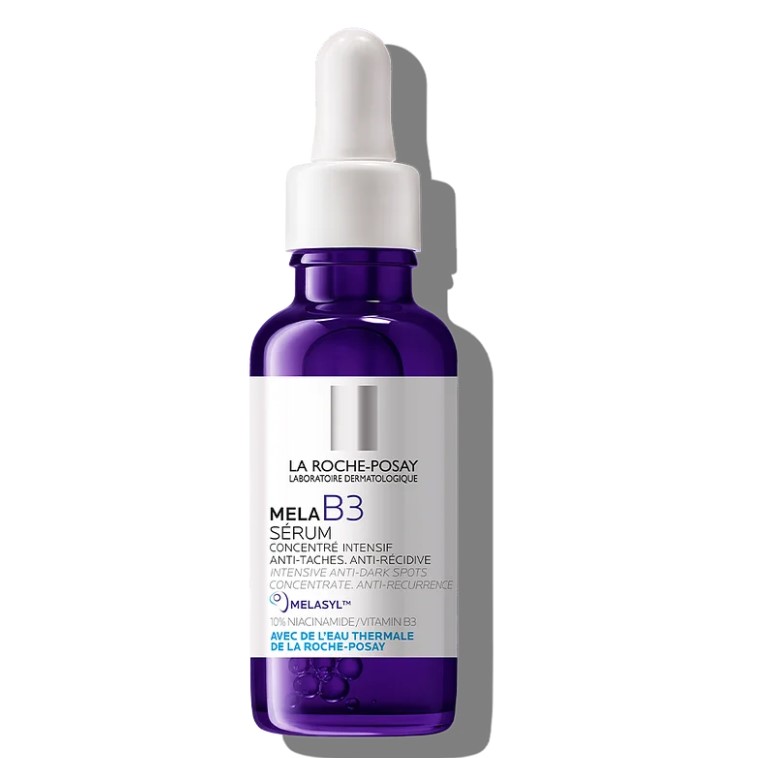
L’Oréal Group reported that its sales had risen by 3.4% on a like-for-like basis for the third quarter of 2024 (1 July – 30 September) reaching €10,28bn – yet this was lower than what had been anticipated for the cosmetics firm.
Sales down in derma division
Sales in the North Asia region, which mainly includes China, had declined by 6.5% for the third quarter, dropping from a decline of 2.4% in the second quarter of this year.
This region has previously accounted for around a quarter of all sales for the group, but post-Covid, consumer spending has dropped due to high unemployment and a property crisis in China.
Last week when LVMH – another French luxury business – shared its financial results for the same quarter, it also said that consumer confidence in China was at an all-time low.
In a conference call about the third-quarter results, CEO Nicolas Hieronimus noted that the company was still outperforming a “very negative market,” but that this was “not good enough.”
“The less expected, or should I say worse than expected, turbulences were in North Asia,” he said.
“In the Chinese ecosystem where markets turned even more negative, particularly in luxury, both in the domestic and in travel retail where traffic did not convert into purchases.”
“We were encouraged recently by the government‘s stimulus measures and hope that they will result in a gradual pickup in consumer confidence,” he continued.
Sales down in derma division
Hieronimus also noted the surprising drop in sales for its Dermatological Beauty division, as it faced a reduced demand for sun care and derma skin care products. This had been the fastest-growing division, but had slowed to 0.8%, compared with 10.8% in the second quarter.
“What was also unexpected was this summer turbulent weather, which led to little replenishment and therefore negative selling in LDB (dermatological division),” he stated.
“We need to bring new stuff to get consumers excited,” Hieronimus said, noting that the biggest slowdown for the division was in the US market because there had been few innovations.
“Young Gen Zs want to try other brands. It’s up to us to recruit them,” he stated.
In the third quarter of 2024, the company also has also experienced slower growth in emerging markets outside China.
Sales growth in Europe, which accounts for one-third of all sales and is therefore L’Oréal’s biggest region, slowed in this quarter.
The North American region fared better after experiencing drops in the previous quarters, with sales up by 5.2%. According to Hieronimus, this was helped by a hair care and fragrance boom.
Overall he was not concerned about these regions, stating that “underlying growth trends remain robust in Europe and North America as well as in emerging markets” and dubbing any drops “a summer slowdown.”
“Globally, beauty units are growing, including in China, demonstrating the resilience and potential of the beauty category,” he said. “The contribution from value and volume for L’Oréal was well balanced, illustrating our capacity to both valorise and recruit.”
The fragrance and hair care categories were still strong points for the Group and he said that “makeup is pursuing its gradual recovery, fuelled by new product launches that were unfortunately quite backloaded this year.”
Going forward, Hieronimus said that the holiday season is now approaching, “where our strength in fragrances will play in our favour” but he said that despite this, “we don’t see any change in the macro landscape and Q4 is when China weighs the most in our turnover – notably with the big W11 (the Single’s Day sales).”
Hieronimus said that L’Oréal now aims to increase the number of launches next year “as it no longer benefits from the tailwinds of resurgent demand after the pandemic and inflation.”
“All in all, we remain confident to outperform the market this year again and deliver growth in sales and operating profits,” he concluded.

